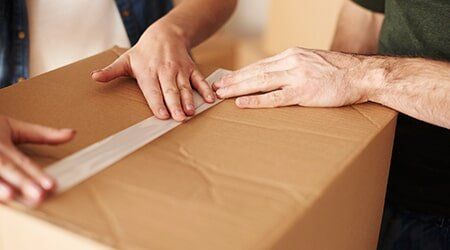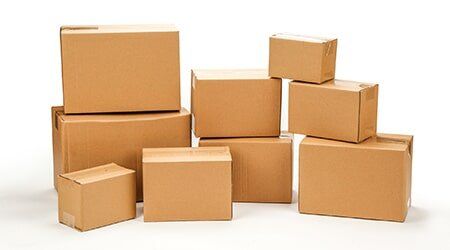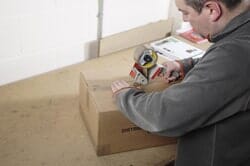

Packing
- Use uniform-size boxes for easy stacking. Be sure they're strong enough to hold 25-30 lbs. but avoid putting too much in each box (never more than 40-50 lbs.)
- Label all containers and boxes.
- Fill containers to capacity and fill in space with packing material.
- Pack heavier items in small boxes.
- Secure mirrors, paintings and pictures in mirror boxes and pack them on edge.
- Disassemble lamps, tables, barstools and other furnishings as applicable. Wrap pieces individually and store securely in boxes.
- Wrap wooden table legs and chairs to avoid scratches.
- Cover sofas with sheets so that they do not gather dust, and stack them on end.
- Cover dressers with sheets or plastic wrap so you can stack boxes on top.
- Fill drawers and appliances with small items to conserve space.
- Pack books flat and avoid placing them directly on the unit floor (place on a pallet or sheet).
- Wrap dishes and other breakables individually, layering padding at the top and bottom of the box.
- Clothing is best stored clean and in hanging cartons. These may be available through the storage company or can be purchased at a moving supply store.
- Make an inventory of your stored items and keep it in a safe place at home or in a safe deposit box.
Storing
- Place items in the order that you will need to access them---those that will be readily used should be placed in the front of the storage unit.
- Before moving in pieces of large furniture, cover the ground with blankets or sheets.
- Do not lean furniture against outside walls.
- Place tabletops face down on the floor (remember to lay the blanket or sheet on the ground to avoid scratching).
- Leave appliance doors cracked open so that moisture does not build within.
- Do not store food-this will attract mice and other pests.
- Arrange boxes so that the labels are facing out and easily read.
- Stack boxes in a manageable manner. Put large, heavy boxes on the bottom.
- Leave a walkway so that you can access your items as needed.






